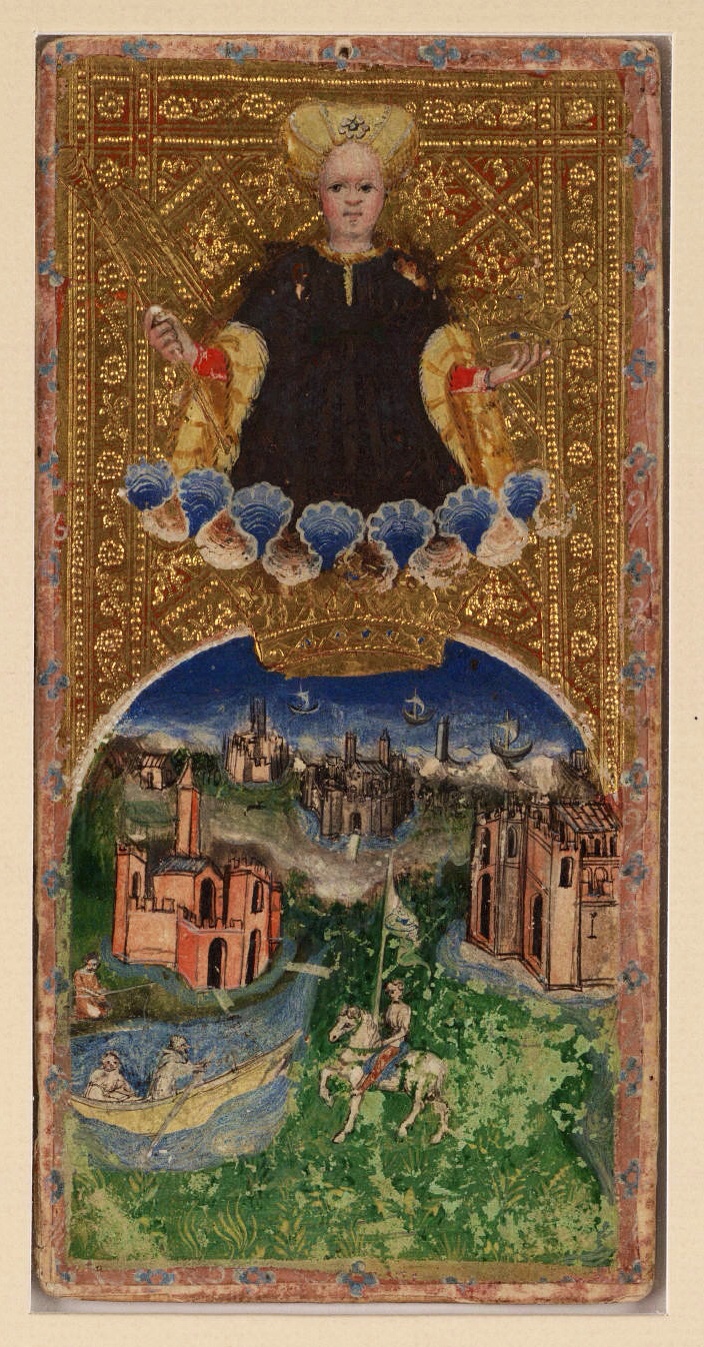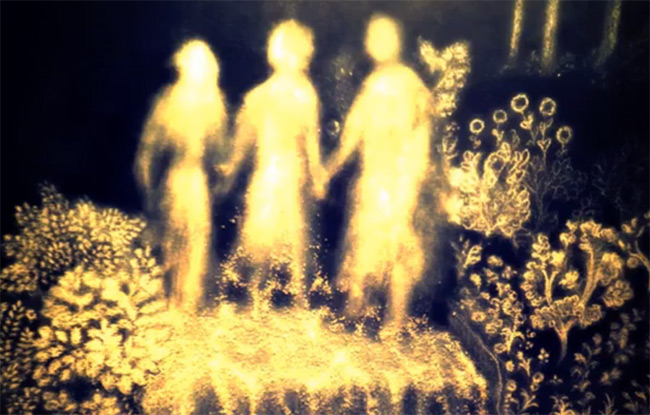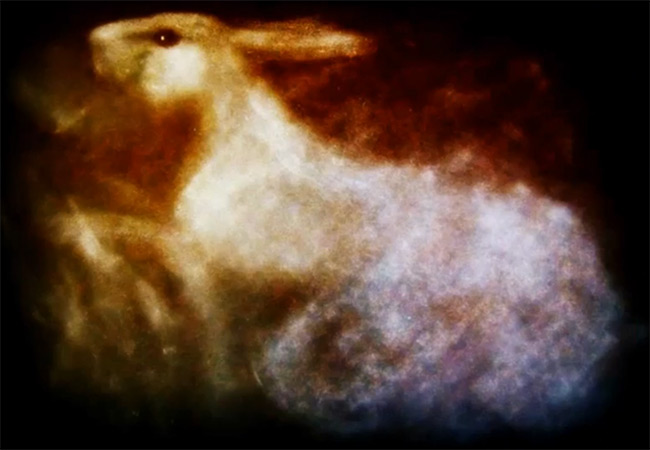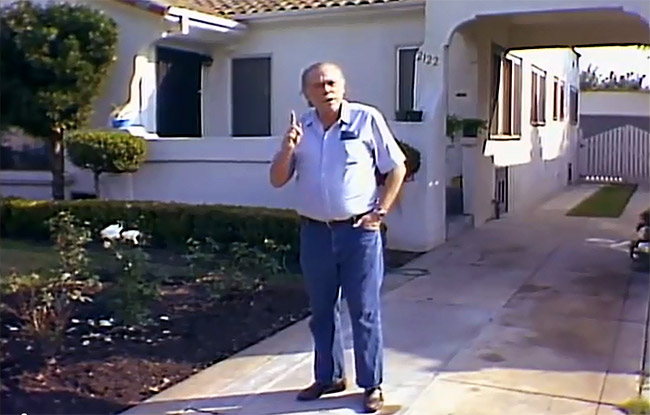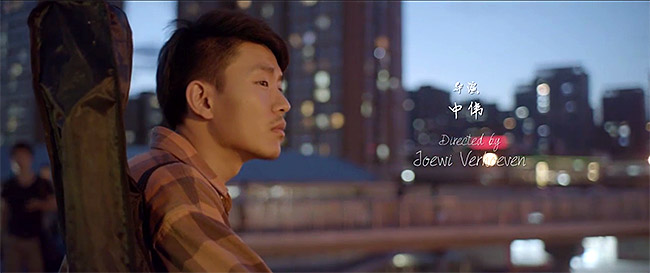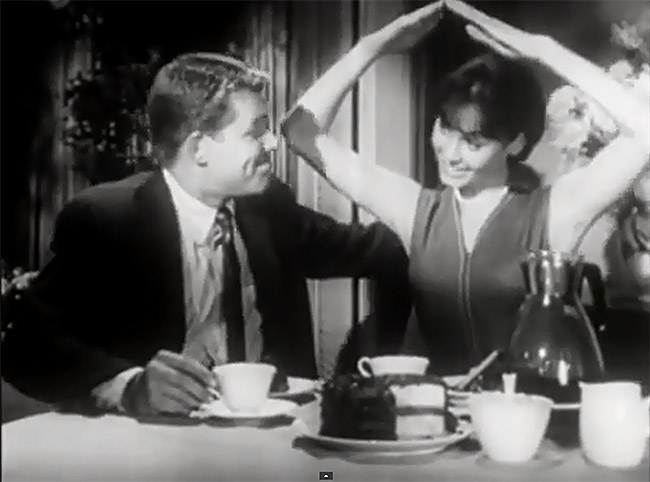The Italian Visconti-Sforza Tarot deck dates from around 1450. There are several incomplete decks scattered around the world in various museums and private collections. A few of the cards are permanently missing. Apparently, the Tower and Devil cards are among those that got modern replacements to complete printings of this beautiful deck.
Recently, there have been highly successful reconstructions of various Tarot decks. One of the most well-known is the result of several years of work by the filmmaker Alejandro Jodorowsky and Philippe Camoin who worked on their version of the famous Marseille Tarot deck in the 1990s. Jodorowsky's research and writing about the meanings contained in the that deck are fascinating essential reading for anyone interested in Tarot. He leans toward using the Tarot for self-knowledge and healing. His writing is inspiring. If you want to read what is probably the best book on Tarot, go get 'The Way of Tarot – The Spiritual Teacher in the Cards' by Alejandro Jodorowsky and Marianne Costa.
However, the actual cards produced by Jodorowsky have a hard-edged, overly precise clarity to them. Everything is edged in black line. The colors are flat and super saturated. It's too clean and modern looking. It misses an essential ingredient in any great Tarot deck: imprecision. My mystical mind prefers some mess. A little blur always makes a symbol more powerful. Clarity brings Tarot too close to the realm of text. The images should be shrouded, revealing multiple meanings only to close and slightly irrational observation. There are other Marseille decks that avoid this fatal flaw. The Visconti deck appears to have the chaos that I require in spades!
